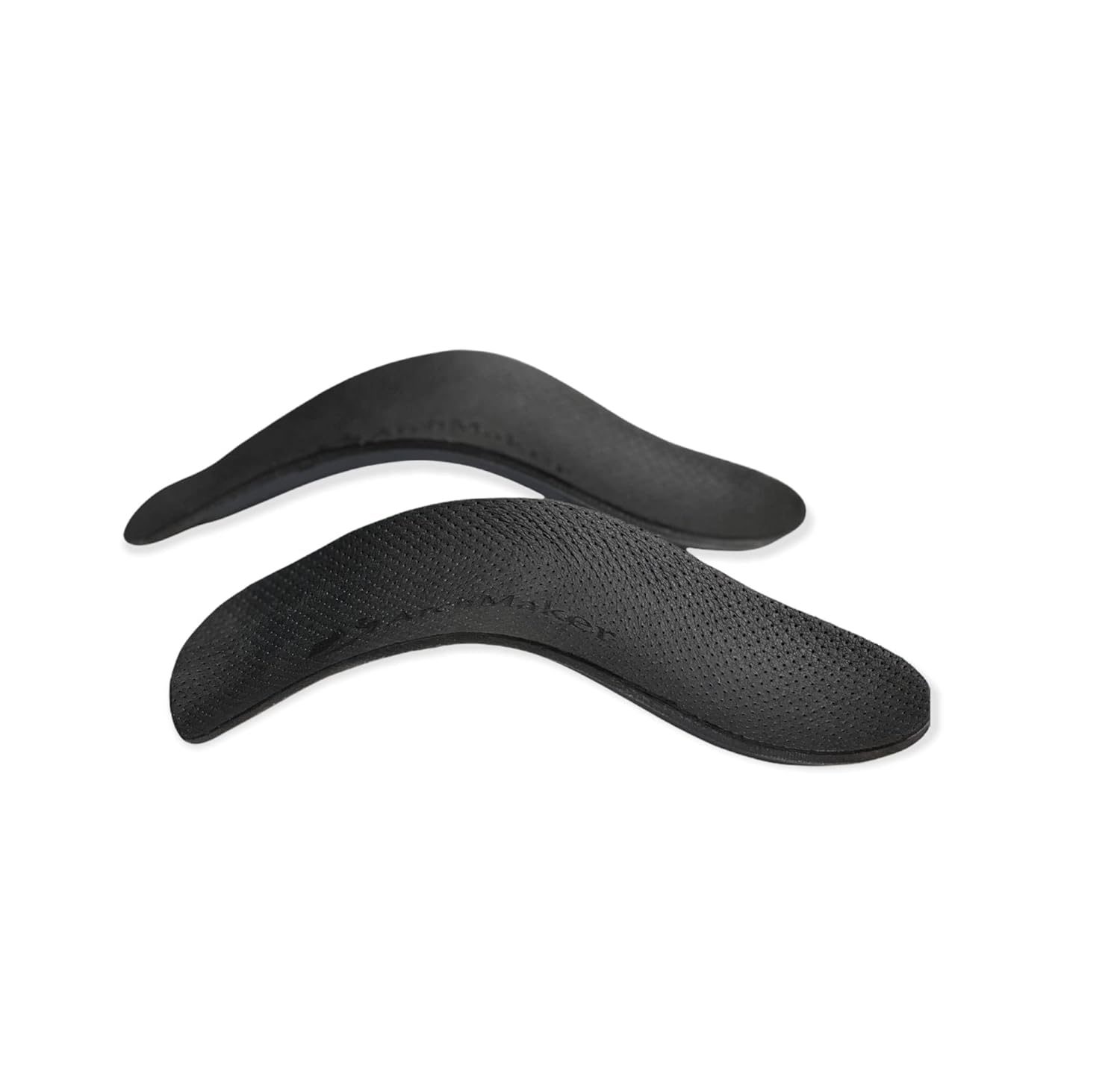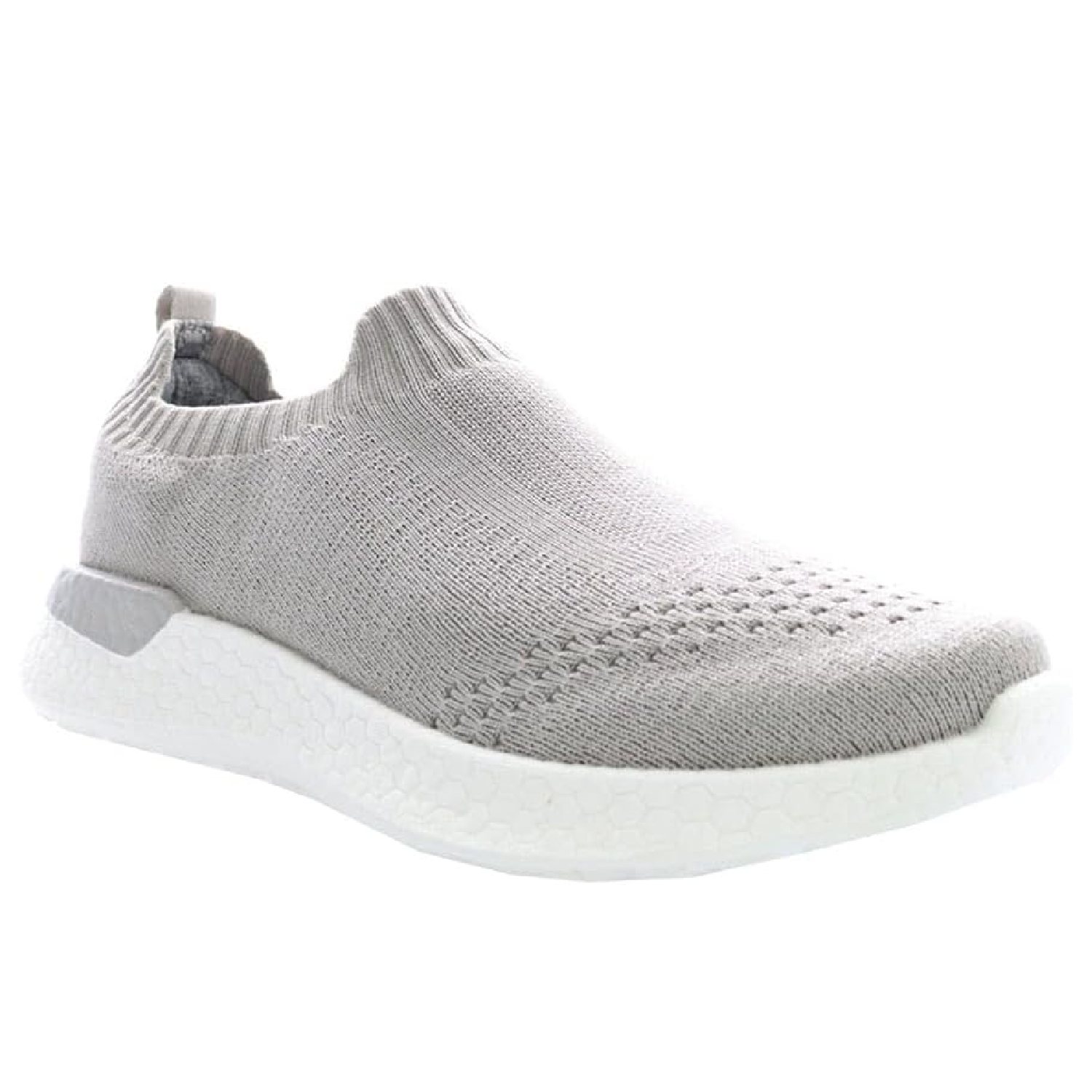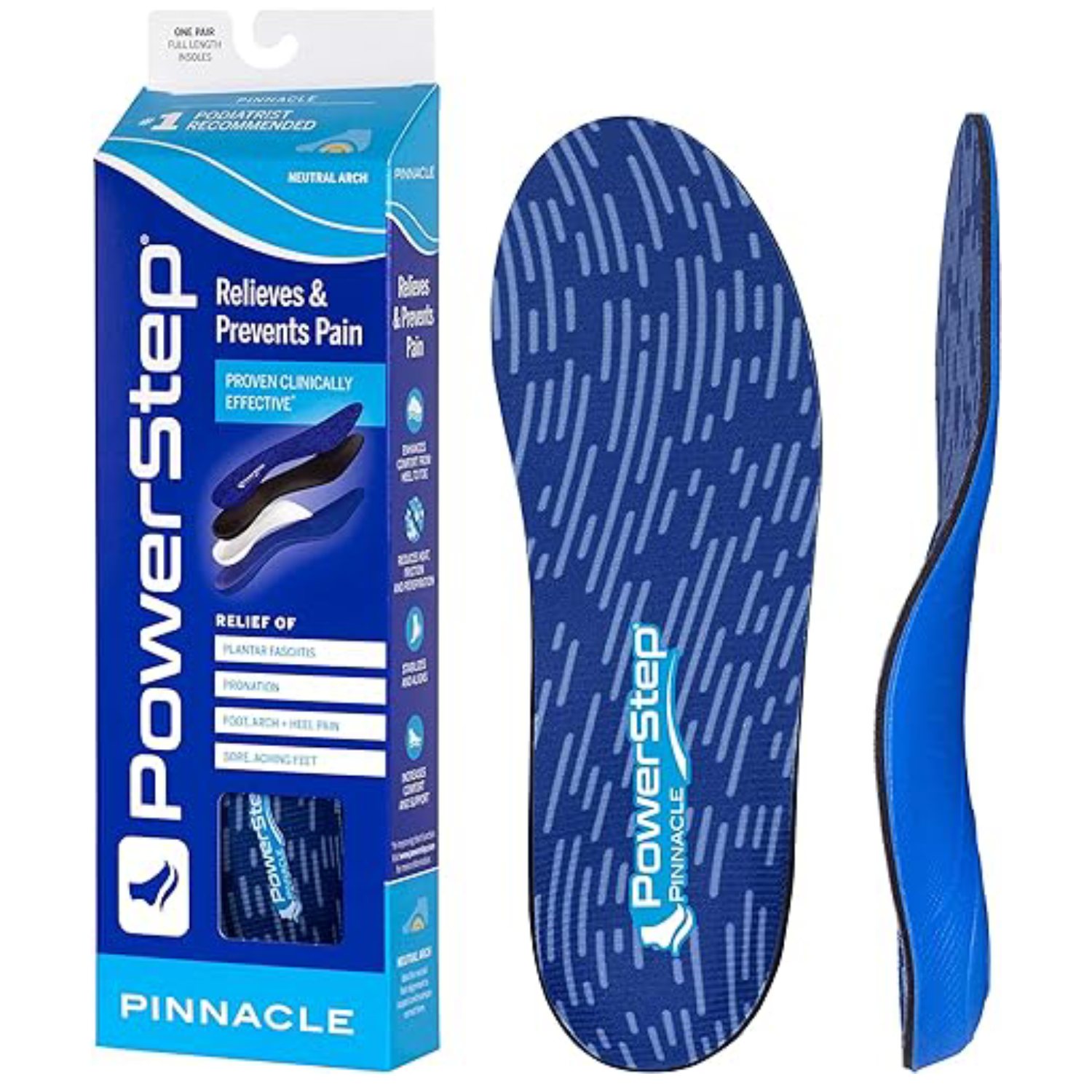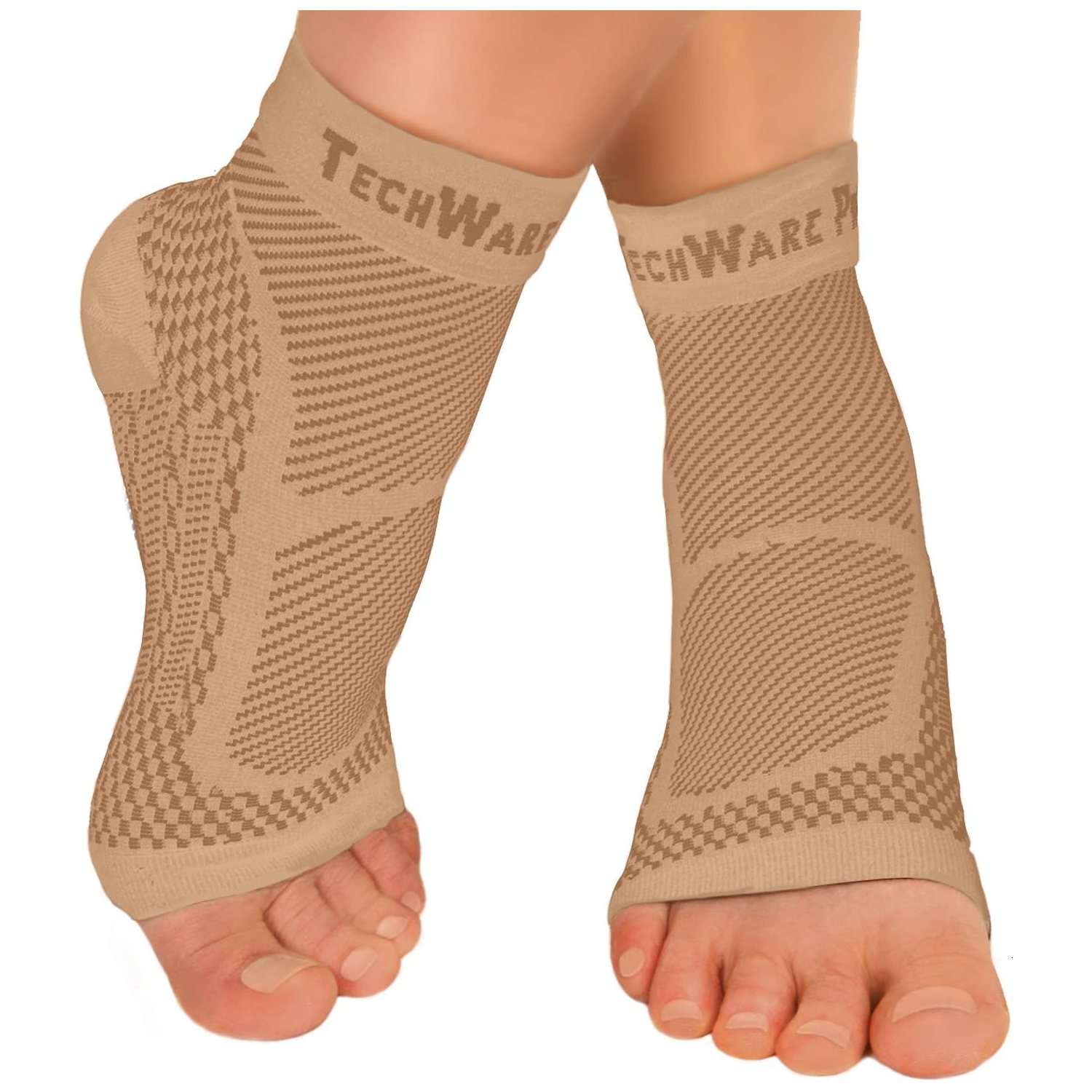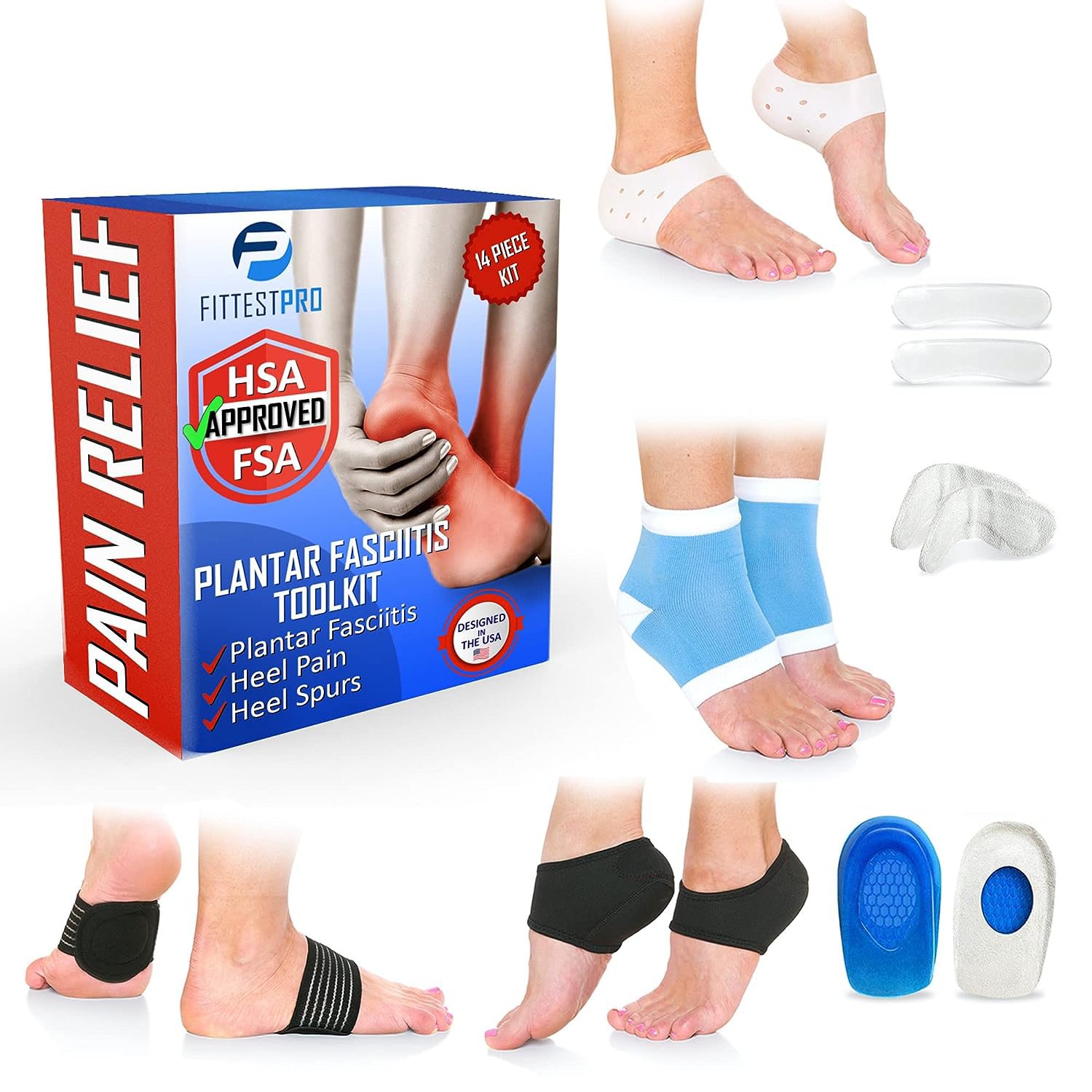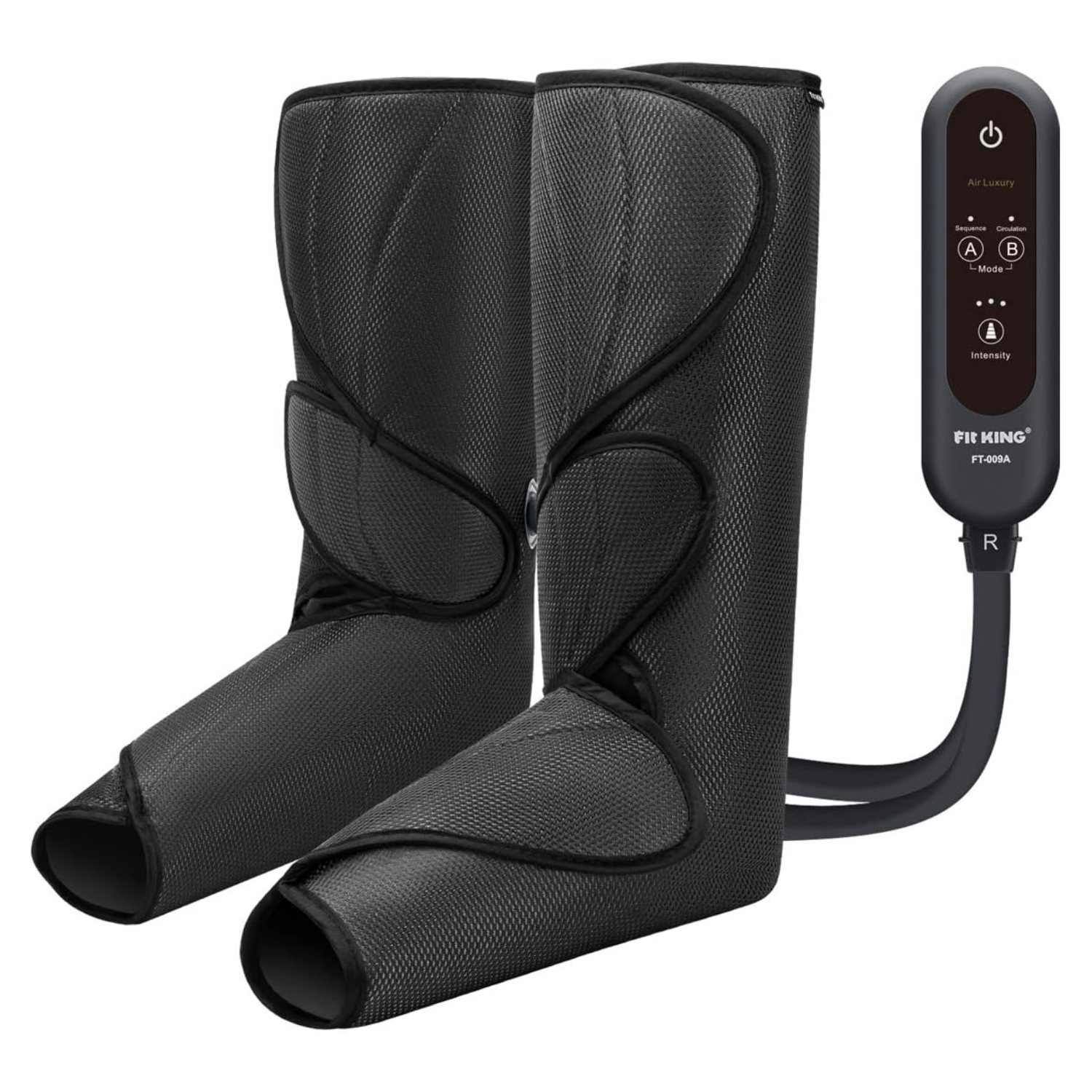The Carbon-Plate Conundrum – Can Carbon Plated Running Shoe Cause Foot Inflammation?
Picture this: elite athletes shattering records and gliding to victory in their high-tech running shoes with carbon plates. Names like Adizero Adios Pro Evo 1 and Nike Alphafly 3 have become synonymous with speed and performance.
But, hold on to your running shoes, because the latest research suggests that these carbon-plated wonders might not be as foot-friendly as we thought. Could they be causing foot inflammation? In this blog we discuss if carbon plated shoes are a friend or foe to your feet.
The Carbon Plate Shoe Craze
Before we dive into the inflammation drama, let’s acknowledge the undeniable allure of carbon-plated running shoes. They’re designed for speed, giving athletes a competitive edge by propelling them forward with every stride. These shoes have even been associated with breaking world records and winning races, making them the holy grail of many runners.
However, recent studies have dropped a bombshell – carbon-plated shoes can potentially cause inflammation in the arch of the foot. How does it happen?
Let’s break it down:
Rigid Muscles vs. Rigid Carbon Plates
Imagine this: you have a muscle that’s about as flexible as a steel rod. Now, try to cushion that steel rod’s impact on every step with a hard carbon plate under your foot. Not a great match, right? The lack of flexibility in the muscle means it can’t absorb the rigidity of the carbon plate. This mismatch can lead to inflammation in the navicular bone of the arch and even plantar fasciitis. Ouch!
One Shoe Does Not Fit All
Here’s a truth bomb: our feet are as unique as snowflakes. They vary in shape, size, and arch height, and that’s just the beginning. However, carbon-plated shoes don’t share this individuality. They’re designed to be universal, a one-size-fits-all solution to break records. But guess what? Your foot is not average; it’s extraordinary.
A Stride Away from Trouble
The biomechanics of your gait, or how you walk and run, change significantly when you’re in carbon-plated shoes. The issue? Not every runner’s stride adapts seamlessly to the rigidity of the carbon plate. When your natural stride clashes with the shoe’s mechanics, it’s like a foot war – and inflammation of the muscles is often the unwelcome outcome.
So, should you ditch your beloved carbon-plated running shoes altogether? Not necessarily. They can still be an excellent choice for racing and achieving personal bests. The key is to find the balance between that need for speed and the health of your feet.
Consider reserving these shoes for race days or intense training sessions. For everyday runs, it might be a wise move to opt for more flexible and supportive footwear that caters to your unique foot type and stride.
Remember, while carbon-plated shoes are impressive for speed, your feet deserve the best care. Keep an eye on any signs of inflammation, and if in doubt, consult a podiatrist who can guide you on the best shoe choices for your unique feet. It’s all about finding the perfect fit for your performance and foot health. Happy running! 🏃♀️🏃♂️

